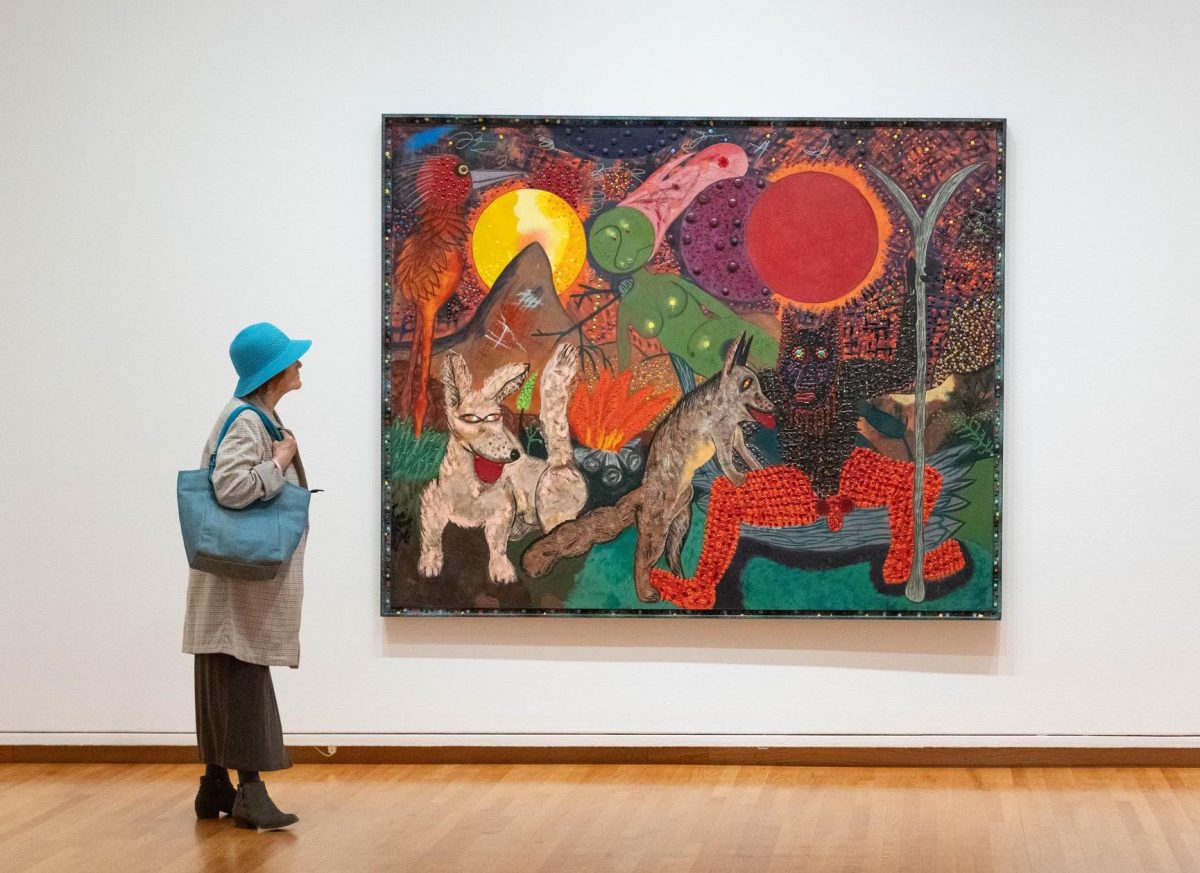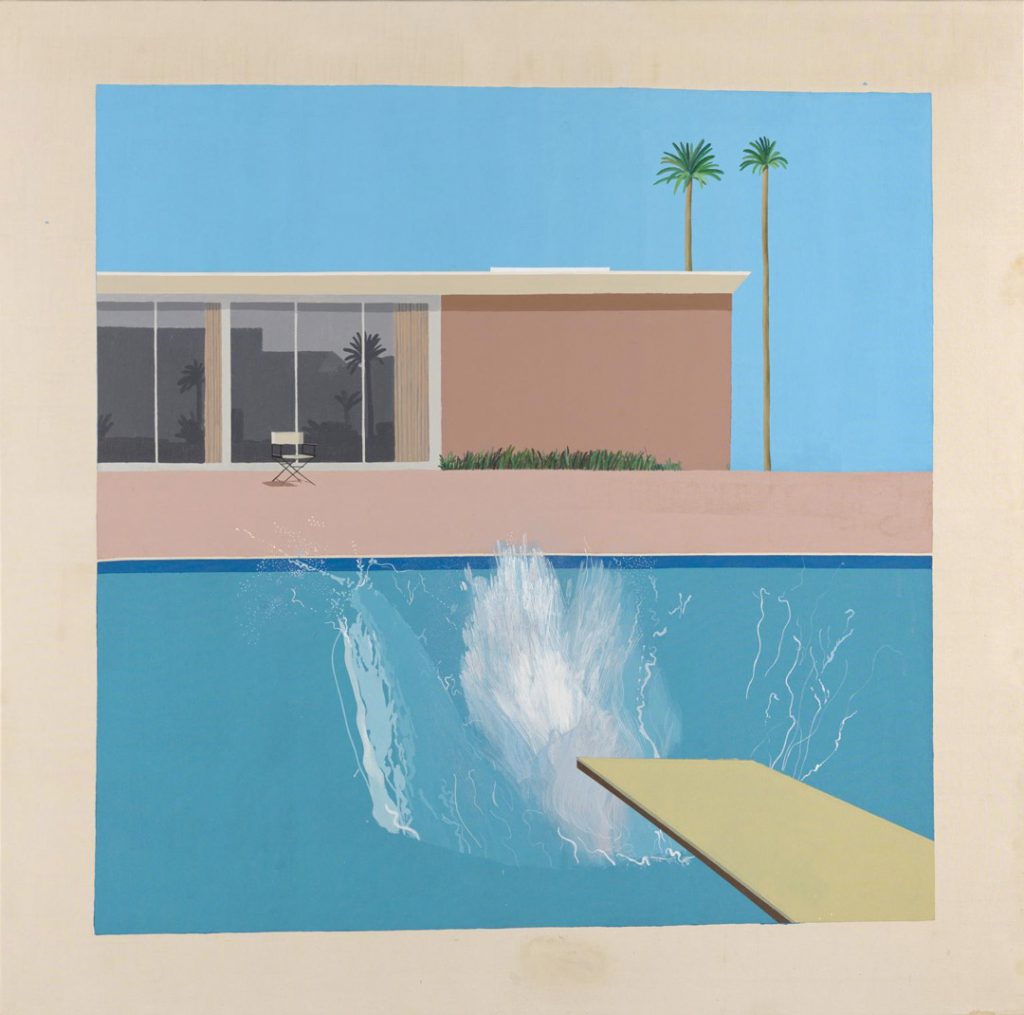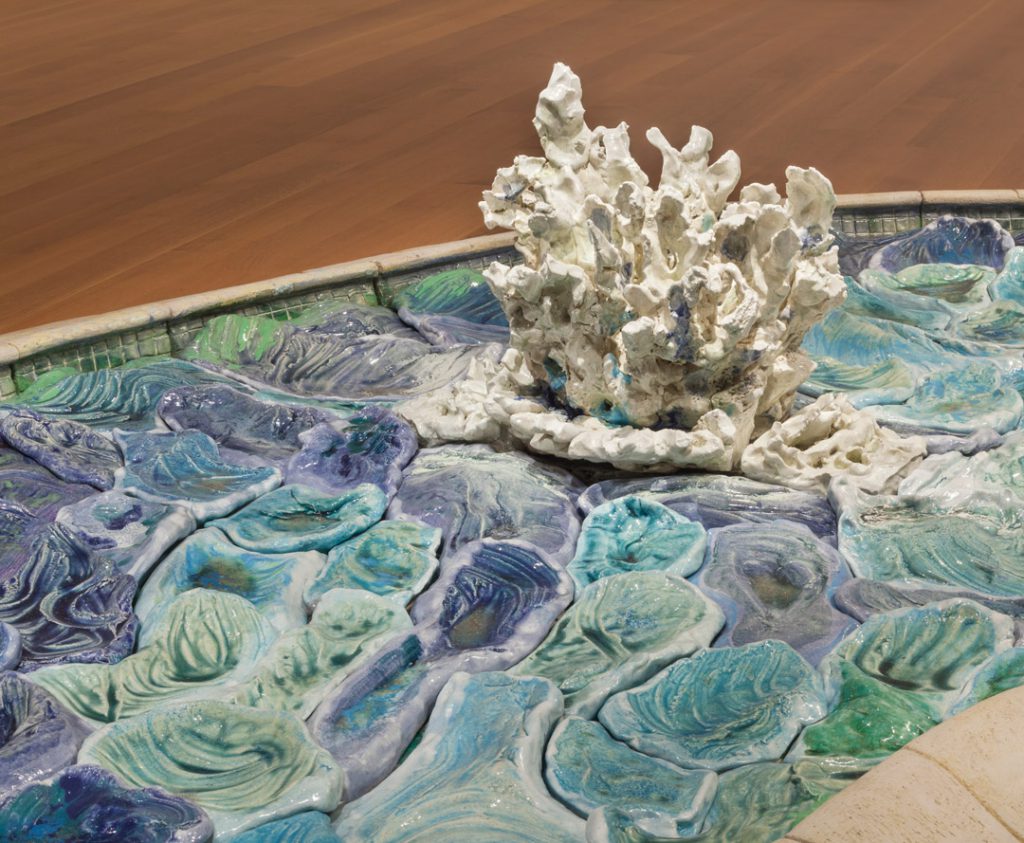Playfully Irreverent, Intentionally Weird: An Inside Look at Poke in the Eye at SAM
This summer, dive into an oft-overlooked chapter in art history: the aesthetics that emerged on the West Coast in the 1960s and ’70s as a counter to the prevailing artistic practices of the time. Reacting against the sleekness, formality, and coldness of New York minimalism and other dominant modes of abstraction, many artists on the West Coast, particularly in Seattle and the Bay Area, began creating artwork that was intentionally more offbeat.
Instead of sleek, hard surfaces, artists opted to make work that was lumpy, tactile, and boldly colored. Instead of pure abstraction, they depicted human figures, animal caricatures, and fantastical narratives. Rejecting industrial materials, they embraced traditional craft techniques, especially ceramics, subverting divisions between “high” and “low” art. In many cases, these artists refused to take themselves or their work too seriously, by intentionally employing an irreverent sense of humor and wit.
Taken together, these strategies represented a tongue-in-cheek anti-establishment rebuttal to the dominant art market engine. Though this genre of work is often described as “Funk art,” after the seminal 1967 Funk exhibition at UC University Berkeley that brought several of these artists together for the first time, Poke in the Eye: Art of the West Coast Counterculture takes a broader view. Here you’ll find that the aesthetic of this time and place was not a strictly delineated “movement,” but a moment: an organic and informal counterculture vision that continues to resonate today.
As one of the focal points of this West Coast aesthetic, Seattle is the ideal location to tell this story, and SAM has a particular strength in telling it—the depth and breadth of our permanent collection. Poke in the Eye is drawn primarily from SAM’s collection, mining works that visitors may have never seen before to uncover one of the legacies of our region. Experience collection favorites in a new light, discover new surprises for the first time, and learn a fresh version of art history in which SAM and Seattle play an integral role.
This article first appeared in the June through September 2024 edition of SAM Magazine and has been edited for our online readers. Become a SAM member today to receive our quarterly magazine delivered directly to your mailbox and other exclusive member perks!
Photos: Chloe Collyer.



